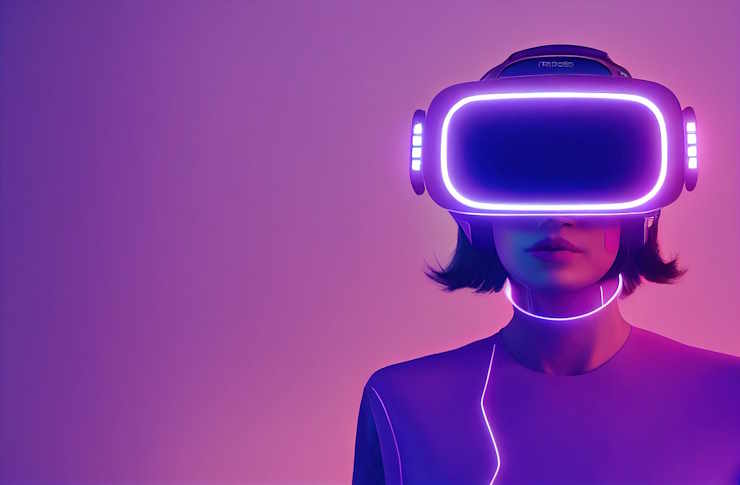The Rising Role of Virtual Reality in Social Integration
Virtual Reality (VR) is reshaping our interactions and experiences, offering a whole new dimension to the way we perceive the world around us. As this technology advances, it is creating a fundamental shift in our society, offering unseen opportunities for communication, education, and especially, social integration. Read below to explore how VR is transforming the societal landscape and fostering inclusivity in ways that were once unfathomable.

VR as a Tool for Enriching Education
Virtual reality, with its unprecedented potential, is revolutionizing the education sector. This technology, once limited to gaming, has now infiltrated classrooms around the world, providing immersive learning experiences. In geography classes, students can tour the Amazon Rainforest or scale Everest. In history classes, they are teleported to events like the Civil War, experiencing these moments firsthand. This immersive medium excites engagement, thus optimizing learning potential.
Bridging Culture and Geographical Divides
Virtual reality is also breaking down barriers, facilitating cross-cultural exchanges and promoting global understanding in a way traditional methods could not. By portraying different cultures, traditions, and practices in vivid, lifelike scenarios, VR is bridging cultural and geographical divides. This fosters empathy and understanding, allowing users to experience the world from different perspectives.
Empowering Persons with Disabilities
One of the greatest potential areas of VR applicability is its assimilation into healthcare and therapy. For persons with disabilities, VR offers an experience that traditional modes may restrict. Virtual reality can mimic real-world experiences, providing users the ability to perform tasks that they might otherwise find challenging. For instance, VR technology is now being used as a therapeutic tool for individuals with autism, enhancing their social interaction skills.
A New Frontier in Social Interaction
As we face a future where remote activities may become a norm, VR is paving the way for a new form of social interaction. Virtual reality platforms are now hosting concerts, art exhibitions, and even social gatherings—events that users can experience from their homes. This innovation holds significant potential for people facing isolation or mobility issues, allowing them to participate and foster connections with the outside world.
Challenging and Reinventing Social Norms
Virtual Reality is not just a tool but a social space that offers the potential to test, challenge, and reshape societal norms. By putting users into new experiences and perspectives, VR can open up dialogues on equity, diversity, and other social issues. Consequently, it has vast potential to challenge stereotypes and foster inclusivity.
- Virtual reality can mimic physical environments, providing a limitless range of experiential learning opportunities.
- VR could become a standard tool in therapeutic treatment for a range of mental and physical health conditions.
- Virtual reality can simulate diverse cultural experiences, reducing prejudice and fostering global understanding.
- The social interaction capabilities of VR can combat isolation and loneliness.
As we look towards the future, it’s clear that VR holds immense potential to revolutionize our society. Its applications are vast—from creating inclusive learning experiences to providing new avenues for social interaction, the tool is opening up opportunities we couldn’t have imagined a decade ago.
At its very core, the true power of VR lies not in the technology itself, but in its capacity to bring people together. As we continue to embrace this technology, we can anticipate a future where boundaries are blurred, and inclusivity and understanding are championed.




